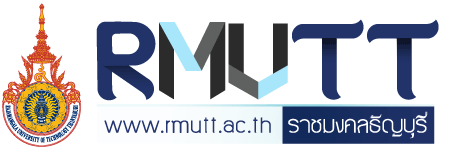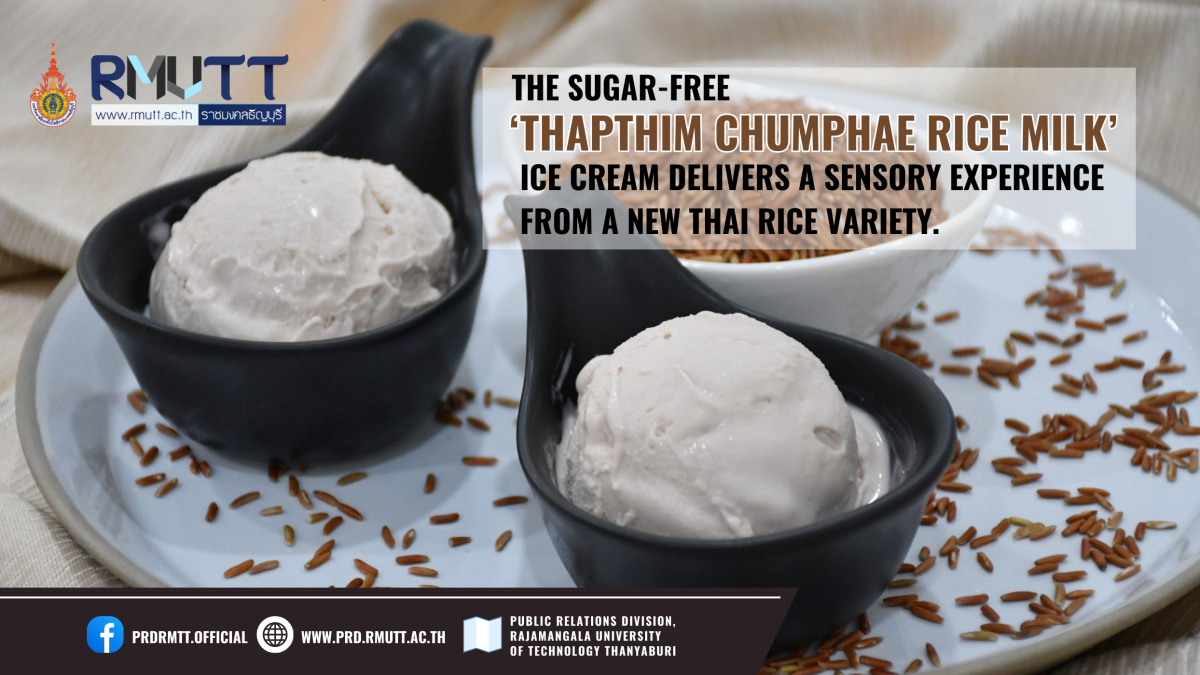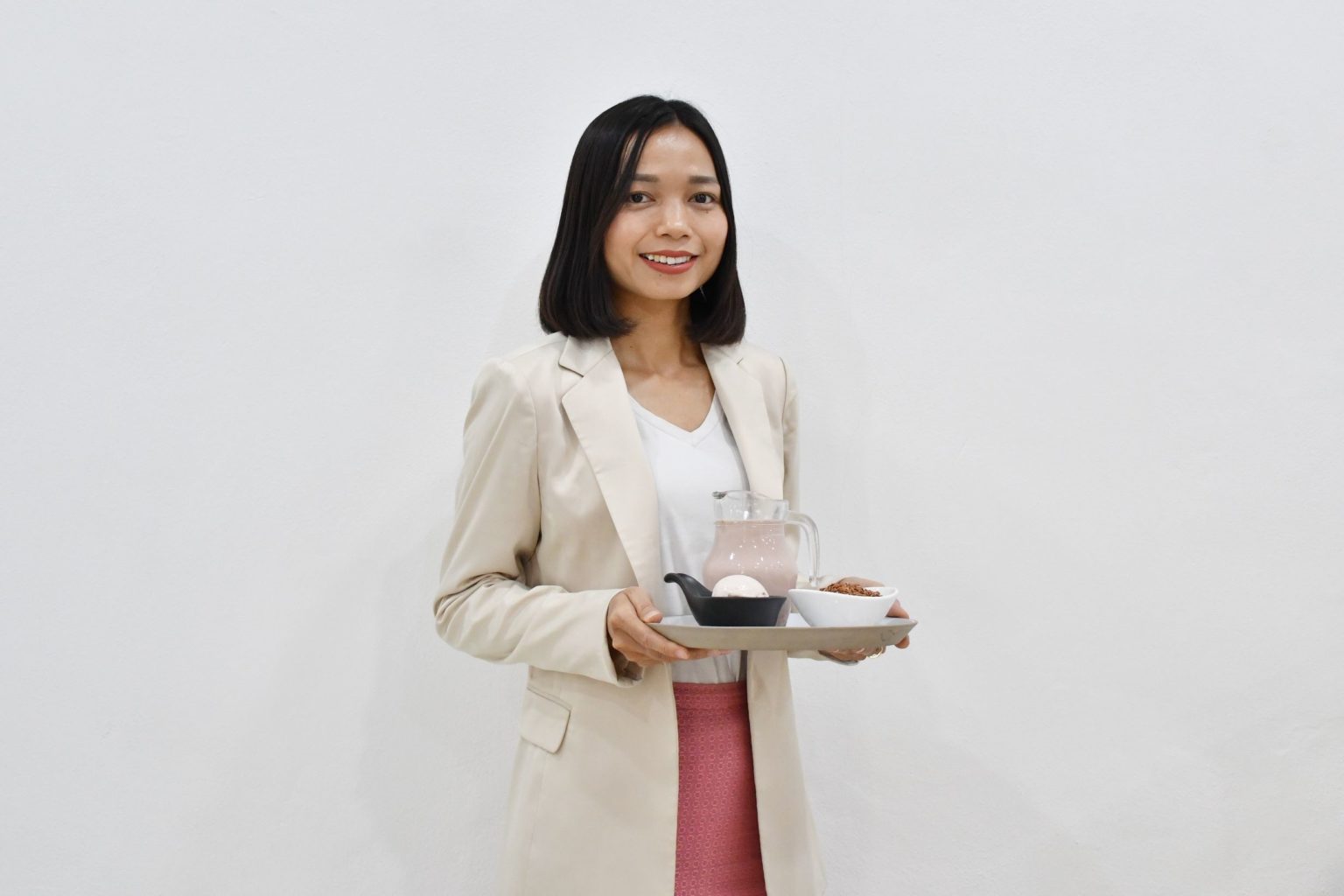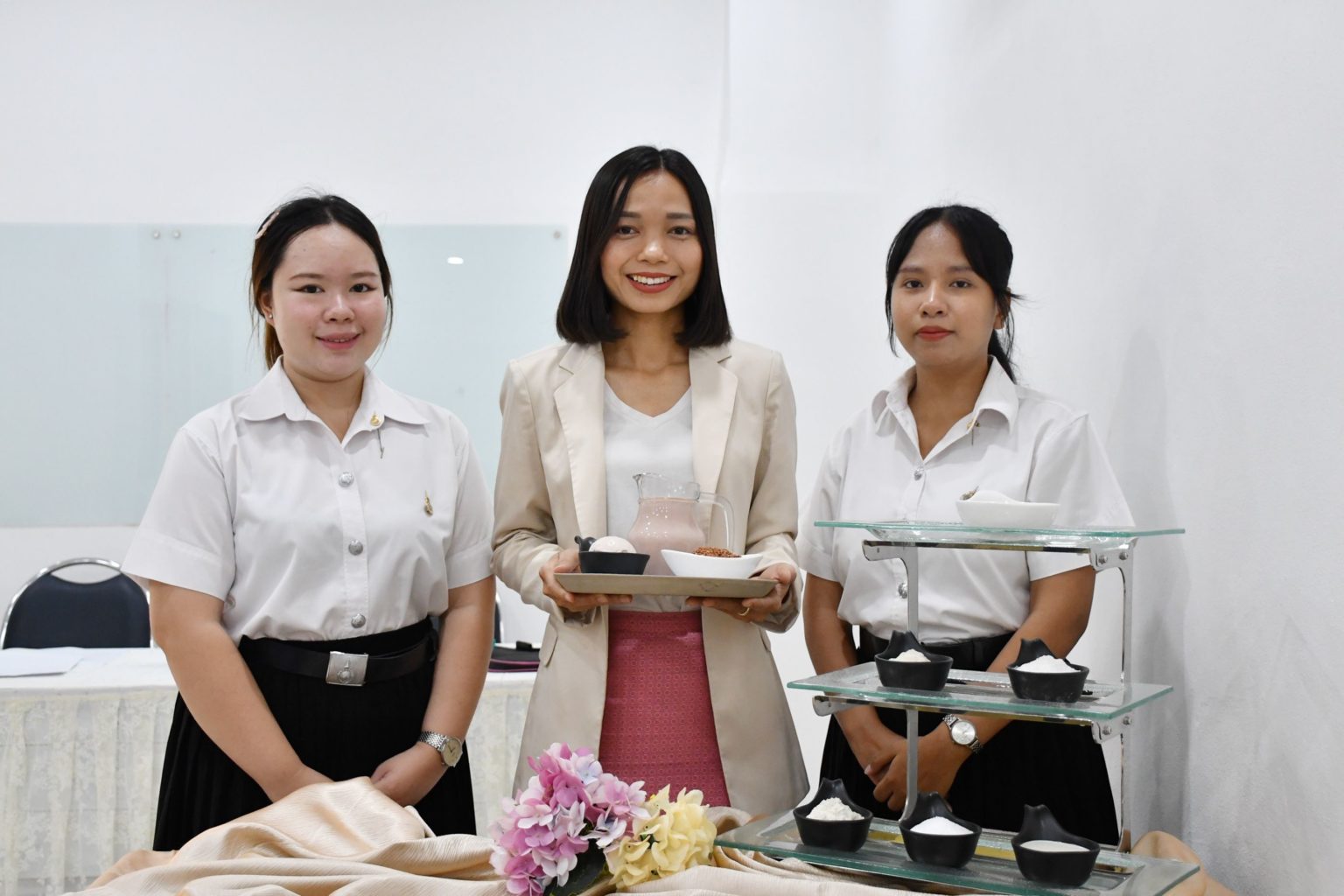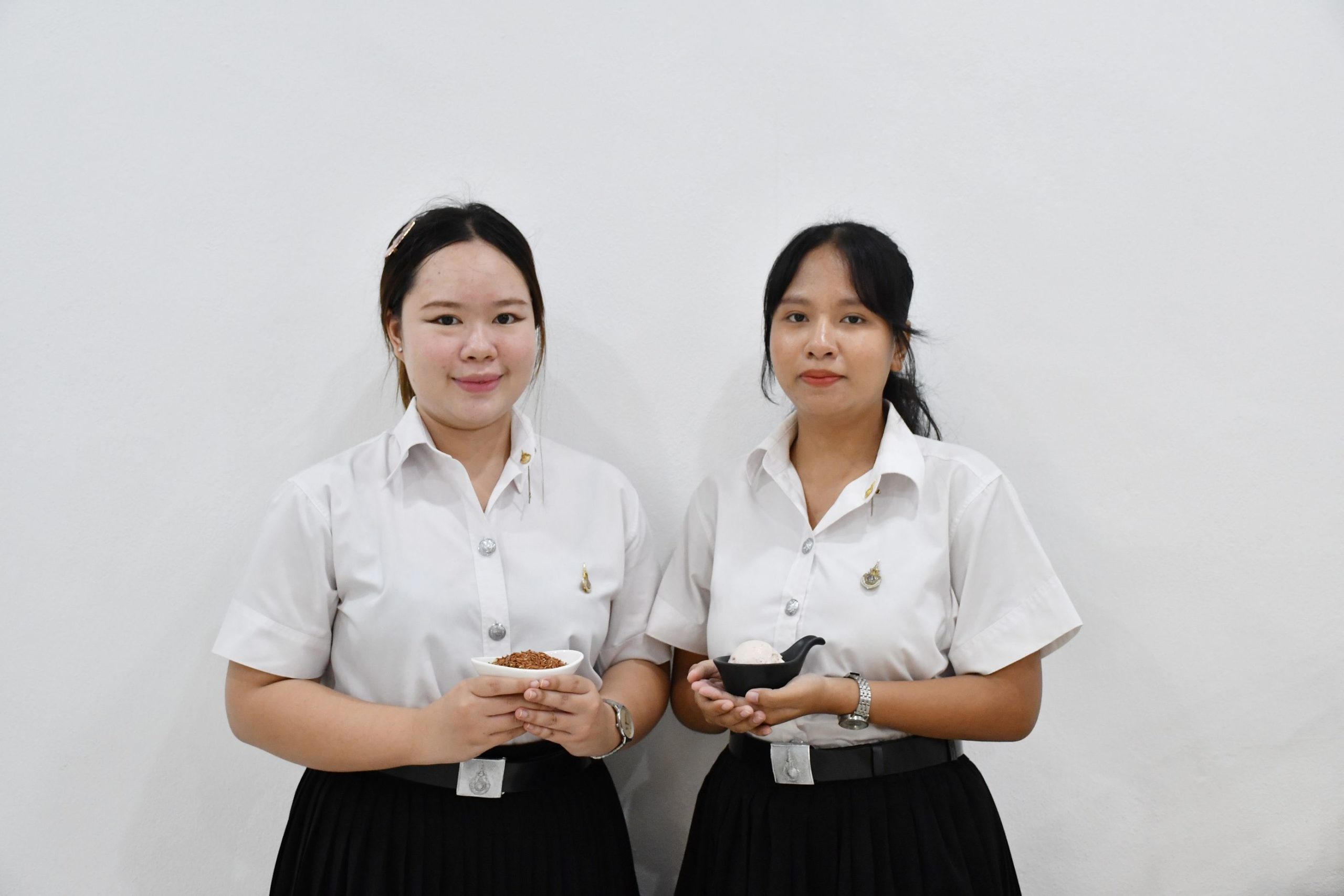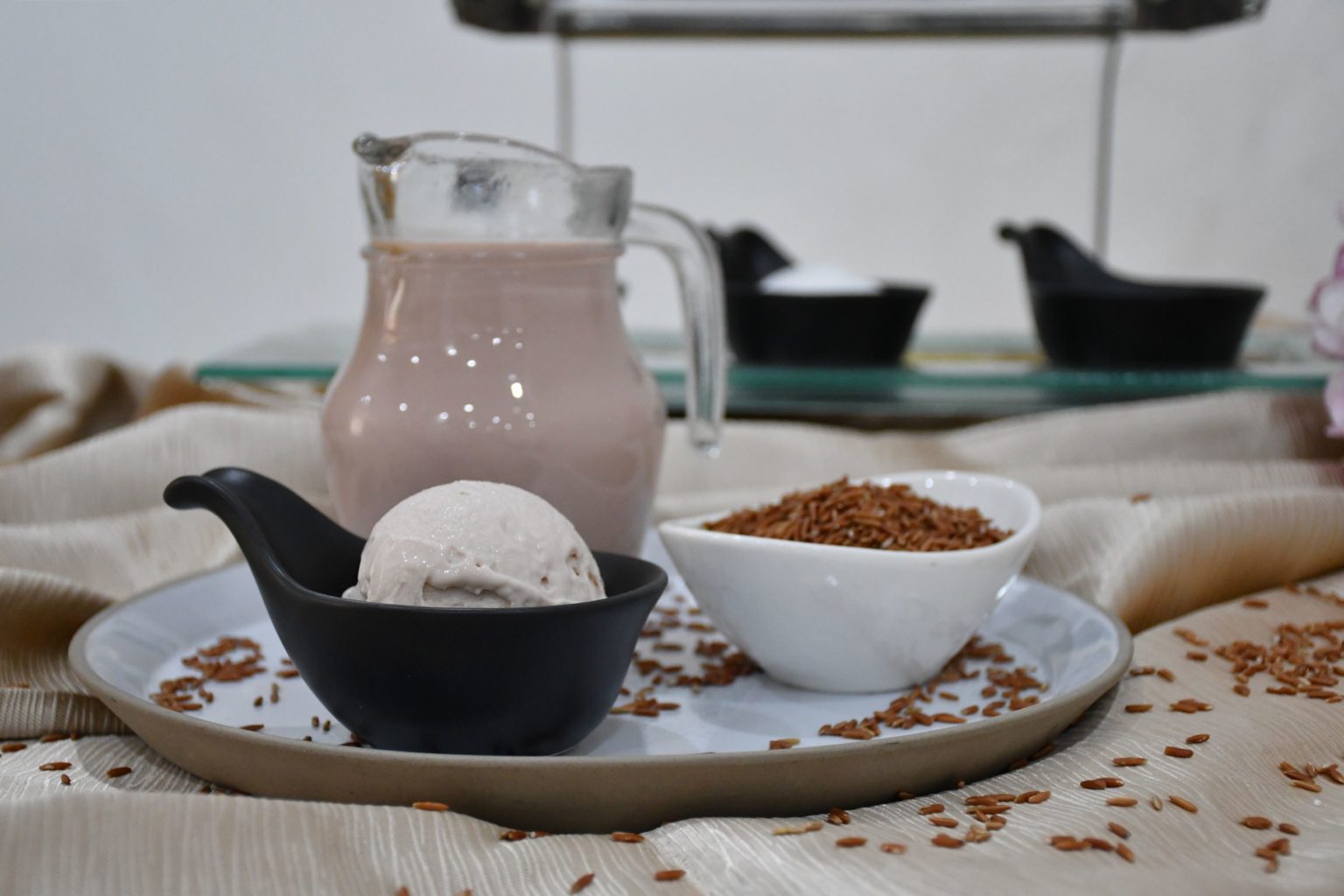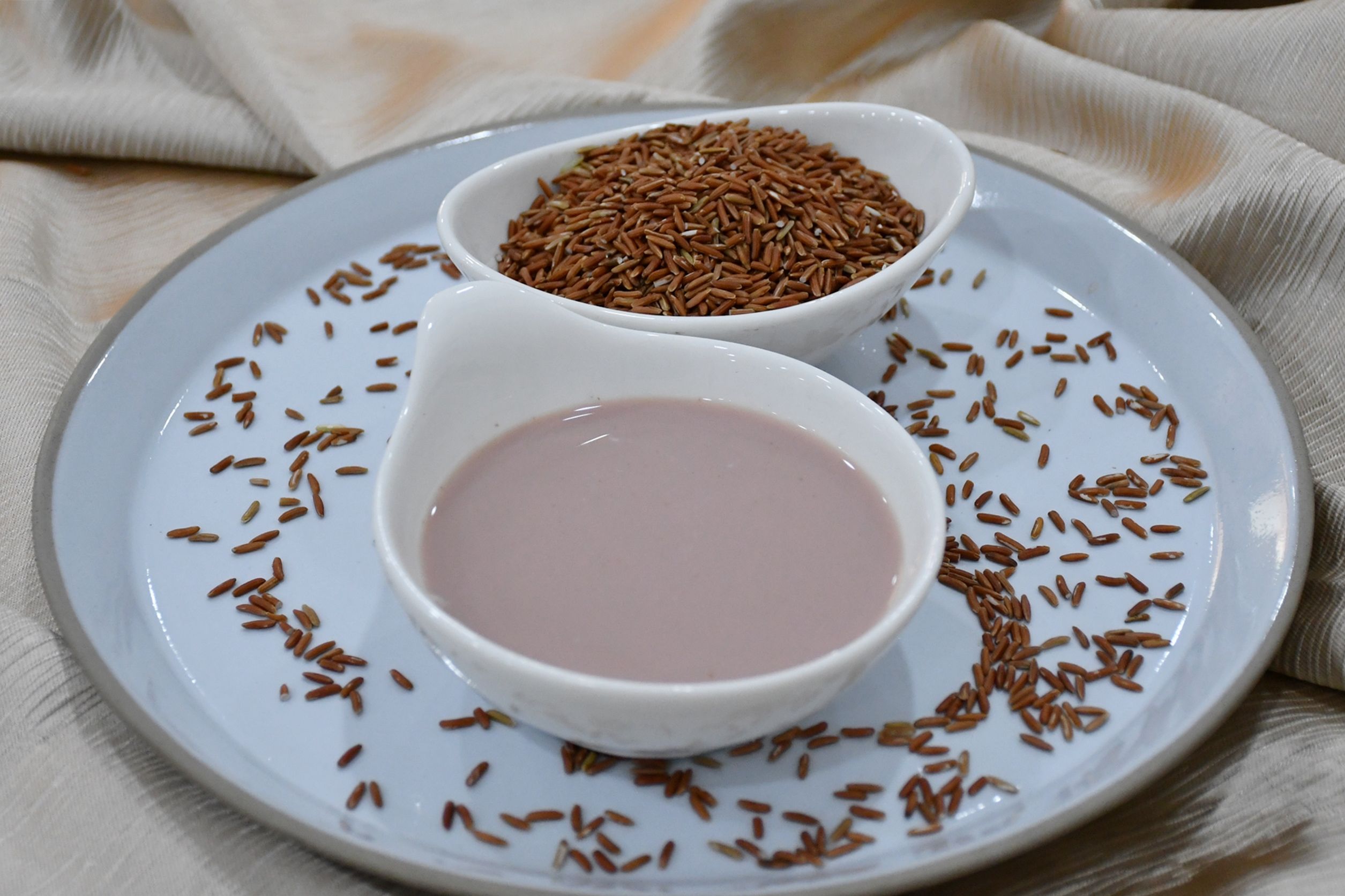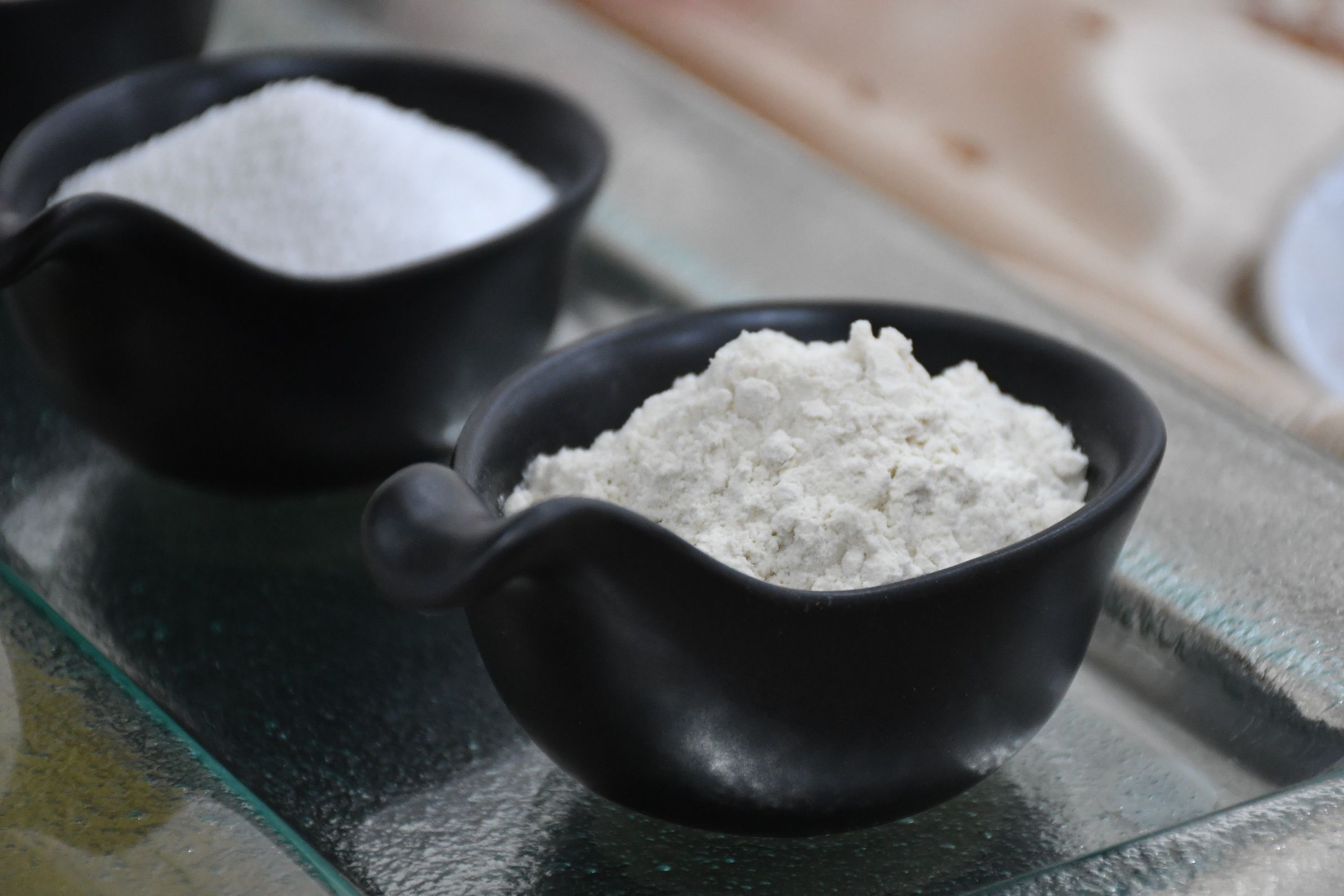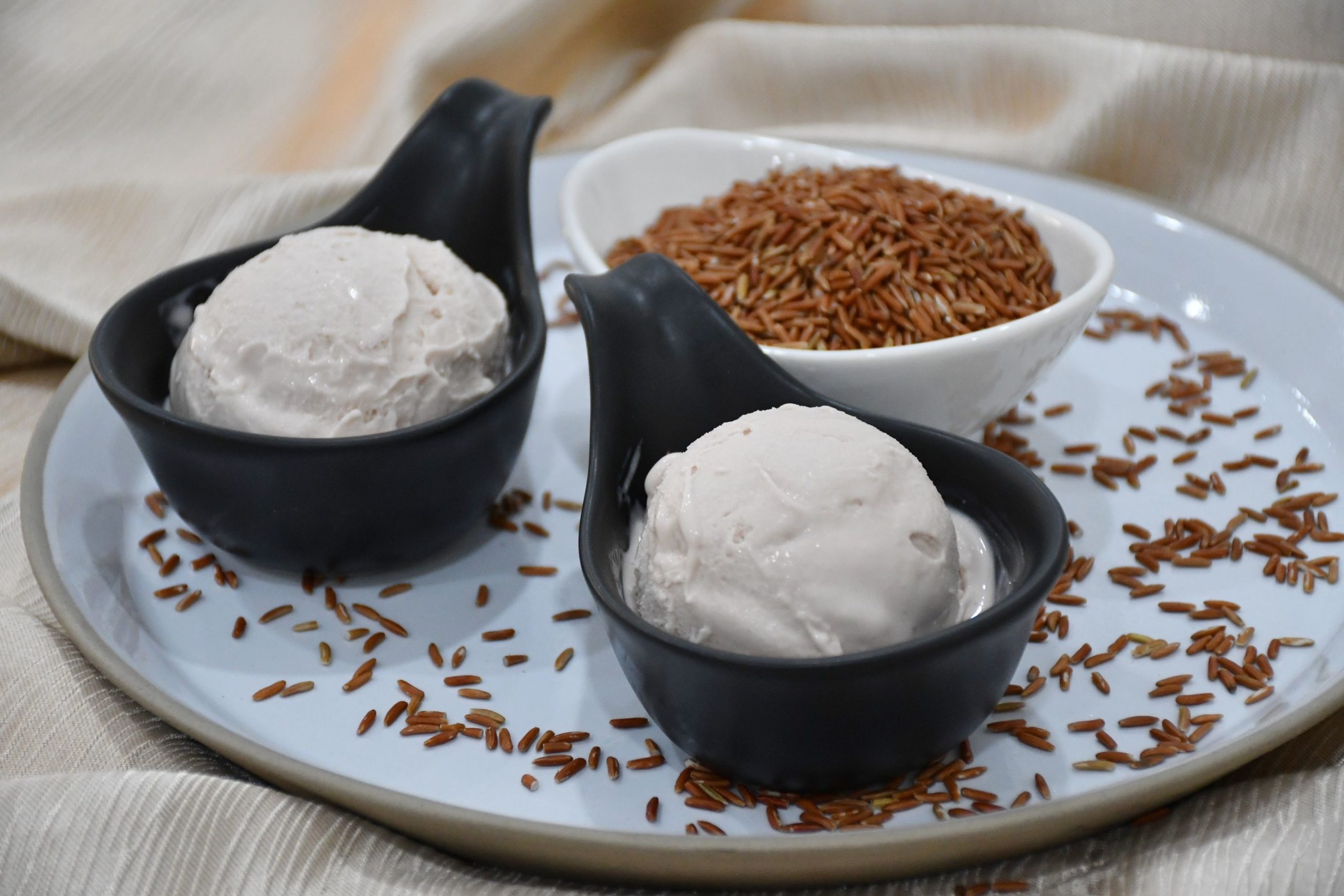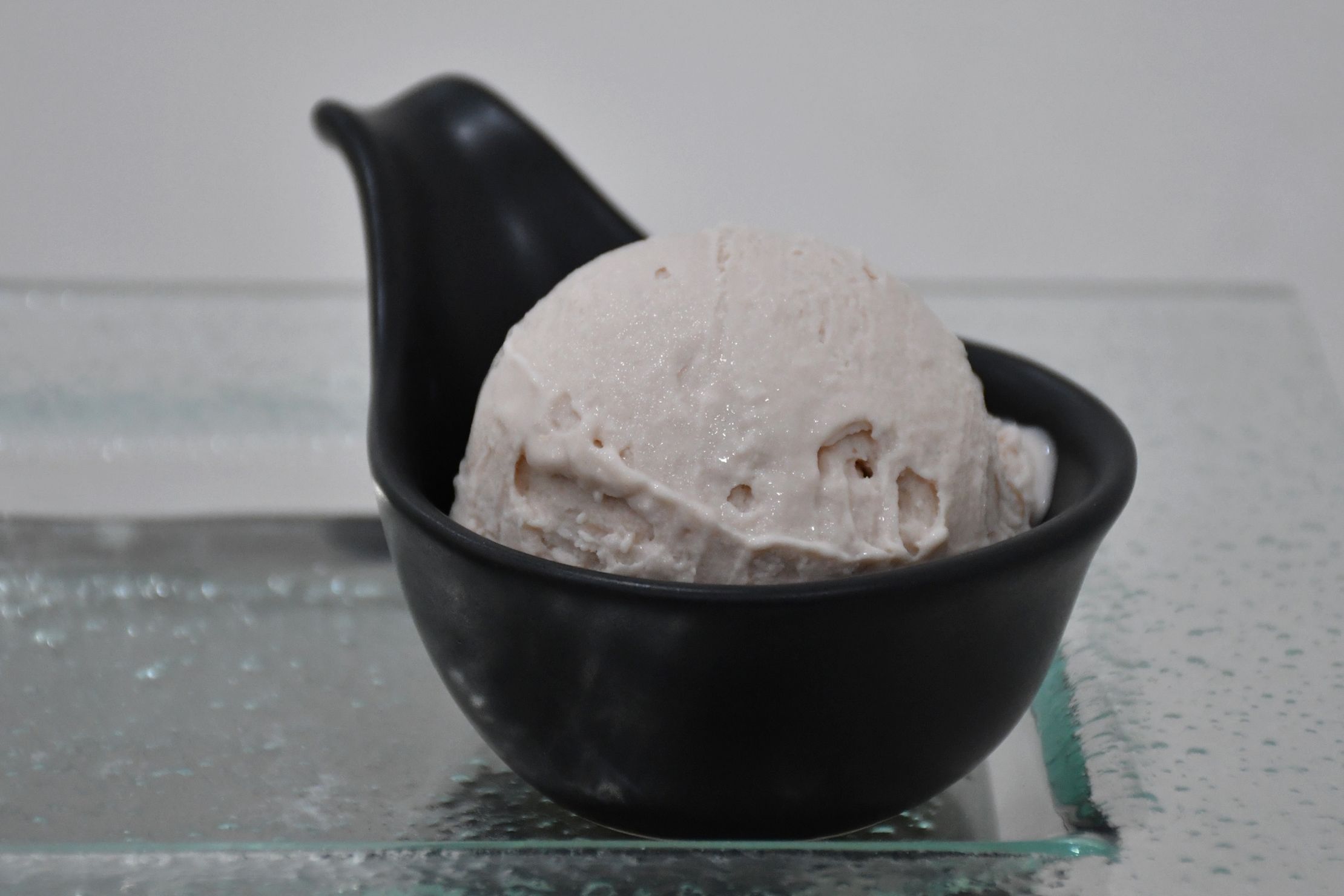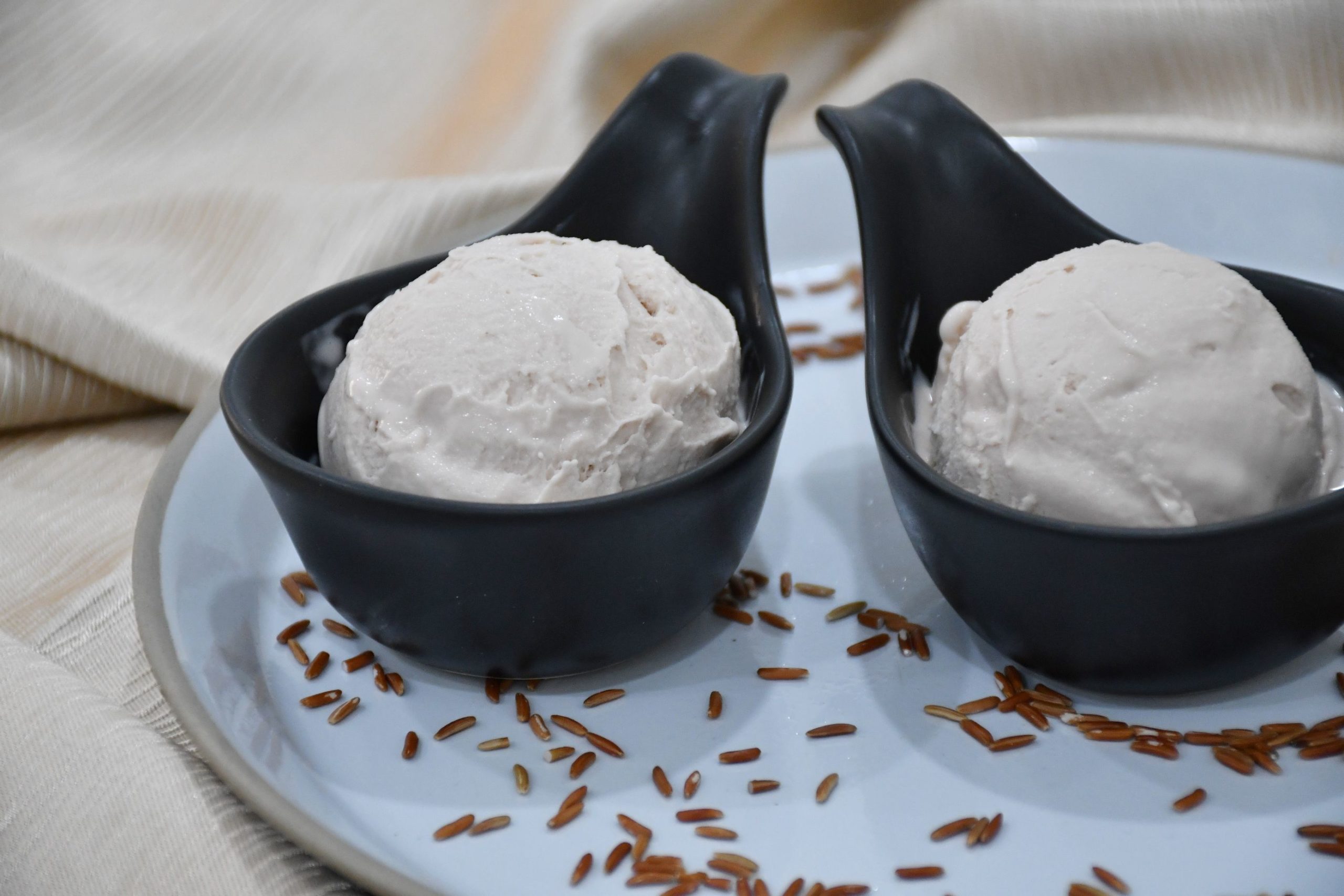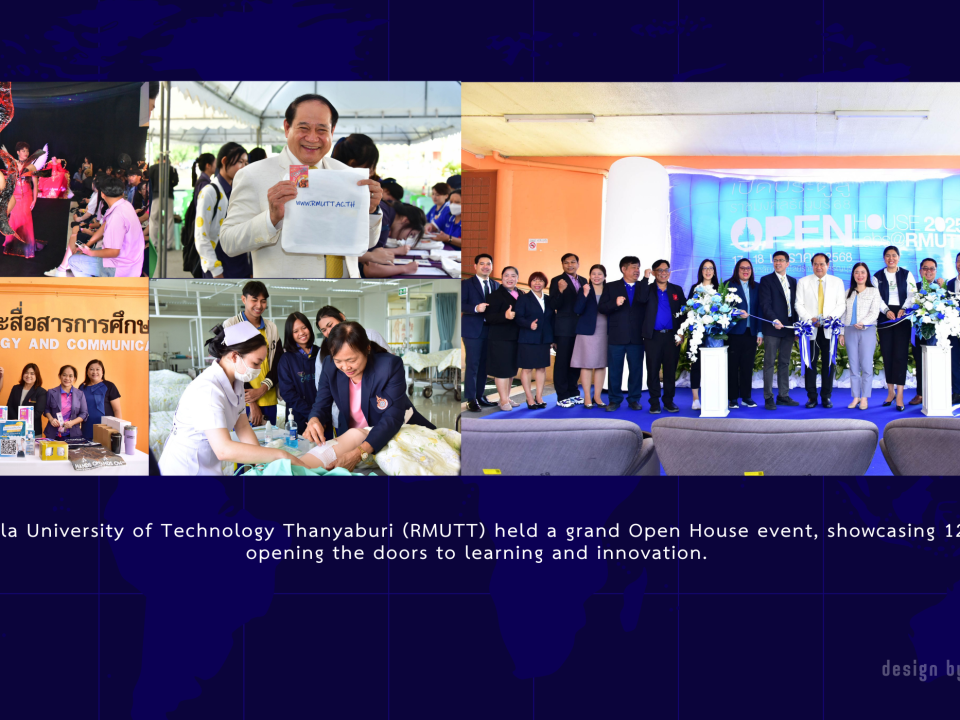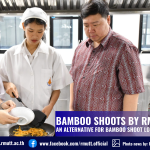
Bamboo Shoots by RMUTT: An Alternative for Bamboo Shoot Lovers
10/04/2024
RMUTT Researchers Win 7 Awards at the International Stage “The 49th International Exhibition of Inventions Geneva”
02/05/2024The sugar-free ‘Thapthim Chumphae Rice Milk’ ice cream delivers a sensory experience from a new Thai rice variety. A team of researchers and students from the Department of Food and Nutrition, Faculty of Home Economics Technology, Rajamangala University of Technology Thanyaburi (RMUTT) unveiled their development of the sugar-free Thapthim Chumphae rice milk ice cream. Highlighting its natural taste, texture, and color from this newly developed Thai rice variety, Assistant Professor Dr. Metanee Noppakun, a lecturer in the Department of Food and Nutrition and the head of the research team, stated that the initial research began with the development of Thapthim Chumphae rice milk as a product. This was offered as an academic service to entrepreneurs and community enterprises in Pathum Thani province, receiving positive feedback for job and career creation. Subsequently, the research was integrated into teaching, leading to the idea for students to develop and extend the concept into a sugar-free Thapthim Chumphae rice milk ice cream. Ms. Panyaporn Boonchat and Ms. Piyapat Lamboonloy selected maltose, derived from cassava, as the sweetener. This low-calorie sweetener provides only half the energy of regular sugar and may be suitable for diabetics, as the body absorbs it slowly, preventing blood sugar spikes, and it also doesn’t cause tooth decay while extending the shelf life of the product. Additionally, the ice cream features the natural sweetness and aroma of Thapthim Chumphae rice.“The intriguing aspect of Thapthim Chumphae rice, the main ingredient, lies in its development, which combines the Khao Dawk Mali 105 variety with Sangyod rice. The grains are long and translucent red, resembling pomegranate seeds, and are rich in antioxidants that help lower blood cholesterol, prevent blood clots, and reduce the risk of cancer. When made into ‘rice milk’ for consumption, it’s easier to digest and absorb than cow’s milk, has higher carbohydrates, but less protein. Additionally, rice milk contains oryzanol, which has six times more antioxidant potential than vitamin E,” shared Dr. Metanee. Assistant Professor Dr. Metanee explained the ingredients and raw materials for making sugar-free Ruby Rice Milk Ice Cream, consisting of only five main components: Ruby Rice Milk (70.59%), whipping cream (14.12%), sweetener-maltitol (12.94%), vanilla powder (1.18%), and stabilizer (1.18%). The method for preparing Ruby Rice Milk involves boiling water, soaking ruby rice for around three hours, blending it finely, and straining it, followed by adding a small amount of vanilla powder for aroma.
Steps/Methods:
- Mix sweetener-maltitol, vanilla powder, stabilizer, and Ruby Rice Milk, and stir well.
- Heat the mixture to about 60°C, add whipping cream, and continue heating at the same temperature for 10 minutes.
- Cool the mixture in cold water to bring the temperature down to 4°C.
- Churn with an ice cream maker at -4°C.
- Freeze the mixture in a freezer at -18°C. Serve by scooping into balls and adding desired toppings, offering a rich, smooth, and naturally sweet flavor.
“In Thailand’s summer, especially from mid-February to May, ice cream is a highly sought-after dessert. For those unable to make it themselves or lacking the necessary equipment, it’s advisable to purchase ice cream from reputable and certified producers to avoid gastrointestinal diseases from unclean ice cream. Always check the label for nutritional value, such as energy content, sugar, or fat, to avoid overconsumption.” The research team, as explained by Assistant Professor Dr. Metanee, also mentioned that market data for ice cream products overall shows continuous growth. Thailand has significant potential for ice cream production due to its diverse raw materials, especially fruits like mango, coconut, durian, and banana, as well as grains and various herbs. These ingredients can be effectively used in ice cream production, appealing to health-conscious consumers. Moreover, developing recipes or flavors to meet consumer needs is crucial. Equally important are distribution channels, packaging, communication with consumers, and serving methods for different menus, which can pose challenges for entrepreneurs.
Nevertheless, ice cream remains a beloved dessert in Thailand, with a charming allure that entices quick consumption before it melts. More importantly, the coldness of the ice cream significantly contributes to happiness and relaxation. For more information or consultation on recipe development, call 02 549 3134.
For further news details, visit
Daily News Online: https://www.dailynews.co.th/news/3352745/
